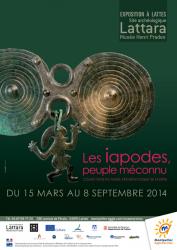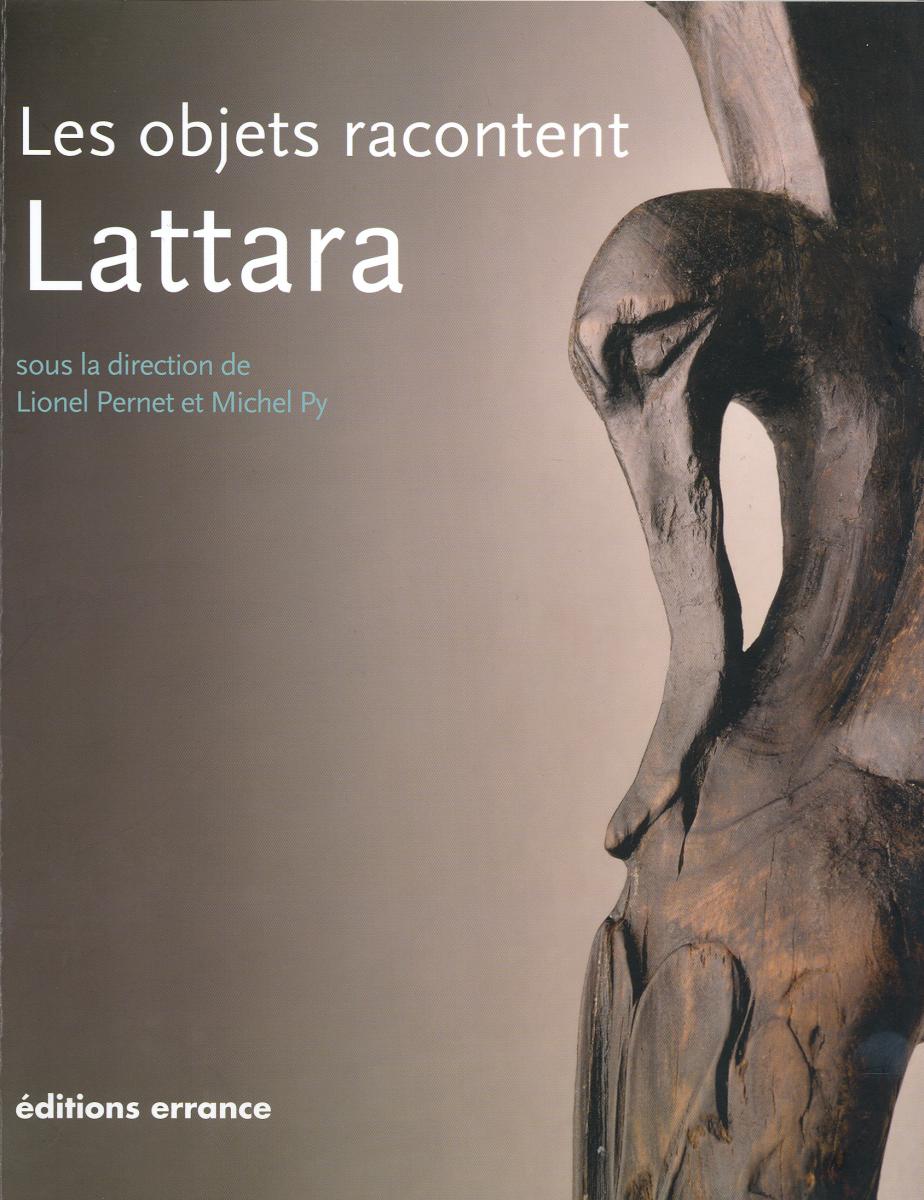
 "THE IAPODES : AN UNKOWN PEOPLE. TREASURES OF THE ARCHAEOLOGICAL MUSEUM IN ZAGREB"
"THE IAPODES : AN UNKOWN PEOPLE. TREASURES OF THE ARCHAEOLOGICAL MUSEUM IN ZAGREB"
From March 15, to September 8, 2014
This exhibition of the Archaeological Site Lattara - Henri Prades Museum is dedicated to the Iapode Culture as part of a project supported by the European Union entitled "Archaeology and Cultures of the Iron Age in Europe".
It is backed by the CNRS, Henri Prades Museum, the Archaeological Museum in Zagreb and the Archaeological Museum of Catalonia and revolves around traveling exhibitions, an archaeology simulator and games available on tablets.
The territory of modern day Croatia was inhabited by a multitude of cultural and ethnic groups in the course of the first millennium BC.
Many of these peoples have left only a few traces of their material culture unlike the Iapodes who are known in ancient texts and through archaeological excavations. They inhabited the interior of the eastern part of the Adriatic.
Thanks to archaeological research their territory has been defined and most of their key sites have been identified.
The territory of the Iapodes is in karstic areas. The main feature of a karst landscape is the pronounced solubility of the rocks. This has the effect of forming a very rugged terrain with numerous caves and hills.
The Iapodes were groups of non-interconnected communities without any governmental structure and without clear-cut boundaries. They displayed a tangible material identity and spiritual culture in the way they built fortified villages, buried their dead as well as in their customs and beliefs.
The Iapode Culture began at the end of the Bronze Age (late 10th century BC). It was characterized by traditions of indigenous origin and the influence of newcomers from the Pannonian plains of the "Urnfield" culture.
Their names and the extent of their territory are known from ancient authors and archaeological research. The Iapodes did not use writing. As for the Gauls, the only known historical facts about them are rare and are reported to us by Greek and Roman historians.
Thus it is for archaeology to reconstruct their living environment and beliefs.
180 objects lent by the archaeological museum in Zagreb are displayed in Lattara.
Exhibition in French and English.
Audioguide in English available.



